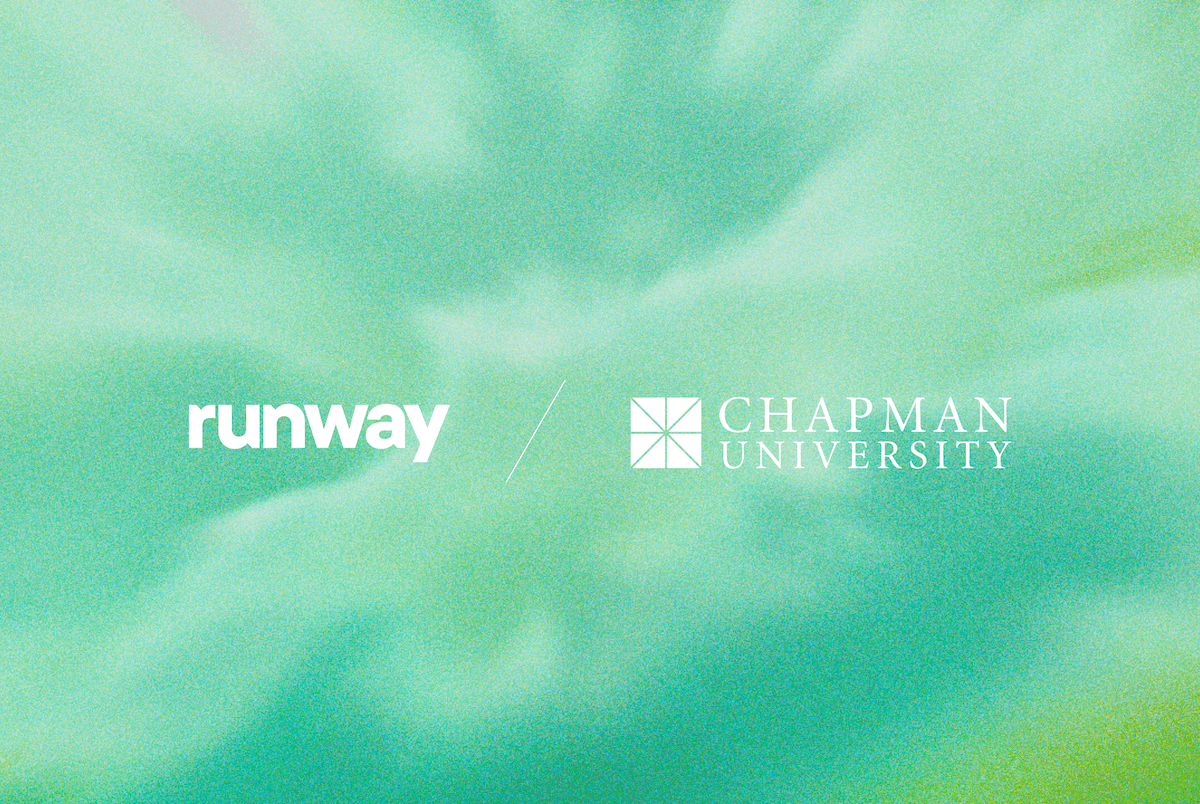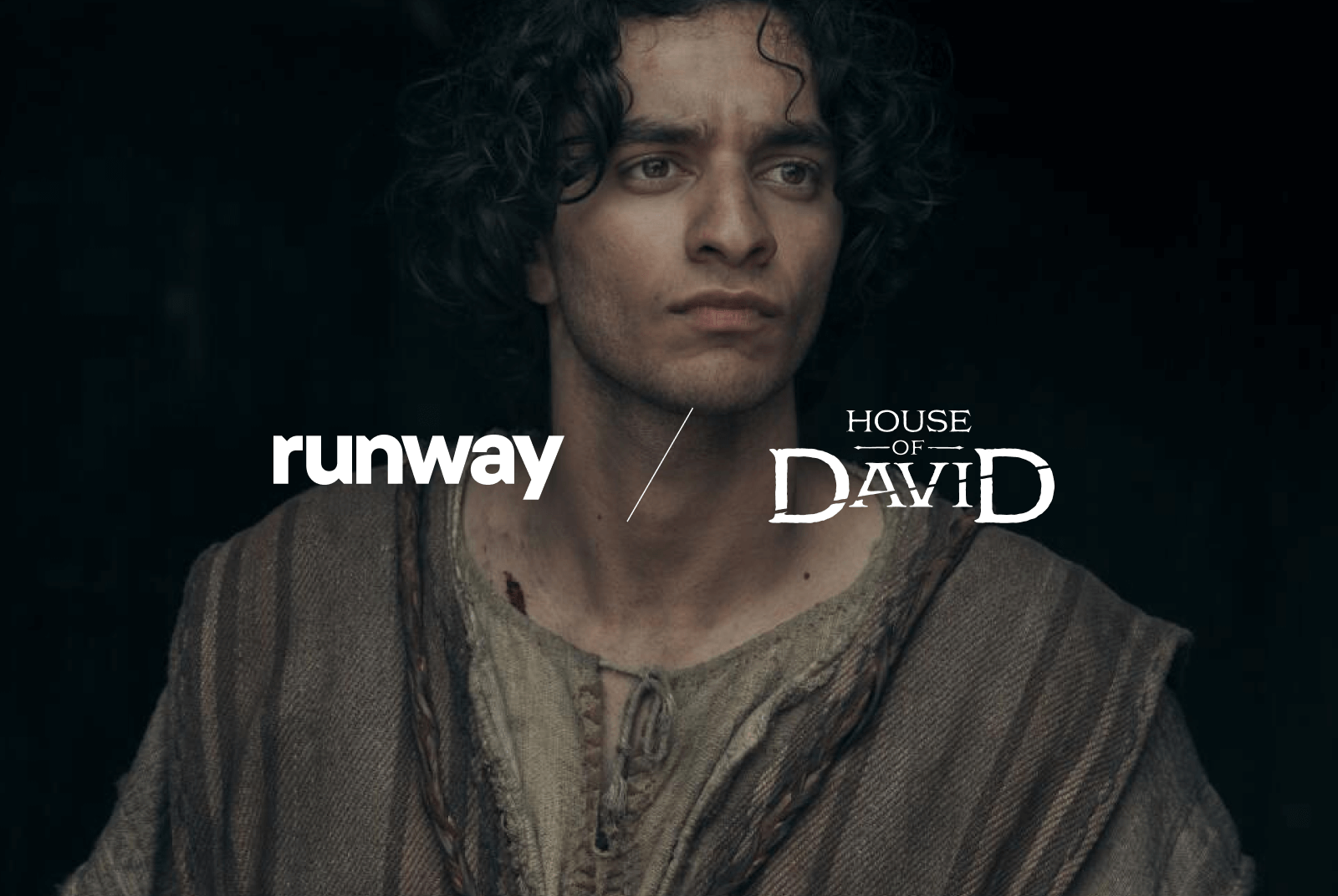
When it came time to create his senior thesis film at Chapman University’s Dodge College of Film & Media Arts, Dusan Brown—a former nationally-ranked wrestler turned filmmaker—brought his personal experiences to the screen with GO, a powerful story about wrestling, mental health and redemption. Through Runway's tools and Student Ambassador program, he was able to turn his vision into reality in a way that would have been impossible with traditional student filmmaking resources.
Tell us about your film GO and what inspired the story.
GO is a wrestling film about a collegiate athlete who's a perfectionist. The day before his NCAA championship run, his parents die on the way to see his match, and he blames himself for it. He falls into a deep depression and goes into a very dark place before finding his way back with the help of his wrestling community. The story is one of redemption and finding warmth within your community.
When I first sat down to write my senior thesis, I didn't know where to start. It was hard to find an idea I really connected with until I thought about my wrestling career – I was number one in the nation when I was younger. As I’ve matured, mental health has become more important to me. With those two thoughts in mind, my senior thesis Professors Madeline Warren and Daniel Leonard and I started building and outlining the idea and story.
Once the story came to life on paper, I was fortunate enough to have Viola Davis and Julius Tennon's production company, JuVee Productions, as well as the National YoungArts Foundation and a few others, executive produce to help bring it to life, which is something I will always appreciate.
Where in the film did you use Runway, and what made you decide to experiment with it?
I used Runway in the pivotal scene where we show the death of the main character's parents – they die in this crazy car accident after being hit by a semi-truck. I wanted the audience to see what the main character might have seen in his imagination – what he might have thought that looked like, and as a result, how it made him feel. I wanted to put the audience in his shoes.
It was important to me to show that scene as part of the story, but of course I couldn’t wreck a car with a semi-truck, and I didn't have the resources (time, money) or expertise to use Blender or traditional VFX techniques. That's where AI tools come in handy.
I also used Runway as an establishing shot to transition into the championship match, the final scene. I wanted it to feel really grand, and nothing I could find in stock images worked, so I generated the establishing shot exactly the way I pictured it.
How has your experience with AI shifted your perspective on filmmaking?
It made me realize that the fundamentals are more important than ever, because if you understand how to weave a story through editing and through writing, you’ll be able to create something meaningful.
I think the conversation should be much less of, “oh, AI is going to take over” and more of “how do we work together to make it better for our circumstances?”
What I love about working with Runway is that it always gives me more than what I ask for. It's almost like working with a partner, a creative collaborator. Ultimately, I think this technology is only going to make filmmaking better.
What were some highlights of creating GO?
Honestly, this whole movie was a highlight – securing the location, equipment and actors, down to bringing US Olympian Kamal Bey on board to serve as Wrestling Consultant and play the referee. I also loved editing and integrating VFX for the first time and working closely with my mentor, Mr. Andrew Roberts (ILM VFX Supervisor, Oscar Nominee, 2x Emmy Winner), and incorporating AI seamlessly.
How has being a Runway Student Ambassador helped you and what’s next?
Being a Runway Student Ambassador has made it easier to get my ideas out of my head. Any time I have an idea, I just run it through Runway to see how it looks – to visualize what I'm thinking. I’ve also been approached by a few fellow filmmakers, after they learned about my AI endeavors, to help create decks and trailers - it’s been so much fun, and an exciting learning experience as we dig deeper to master the tool.
Looking ahead, I'm planning to expand GO into a feature film. It’s high concept, visceral and intense, and I approached it with the mindset that I wasn't just making a thesis film – I was thinking about it like I'm filming a feature. I held myself to a higher standard, treating it as any other professional work that one day I’d be putting into the world and sharing with audiences. The story has so much more to explore. I'm excited to continue its journey.


